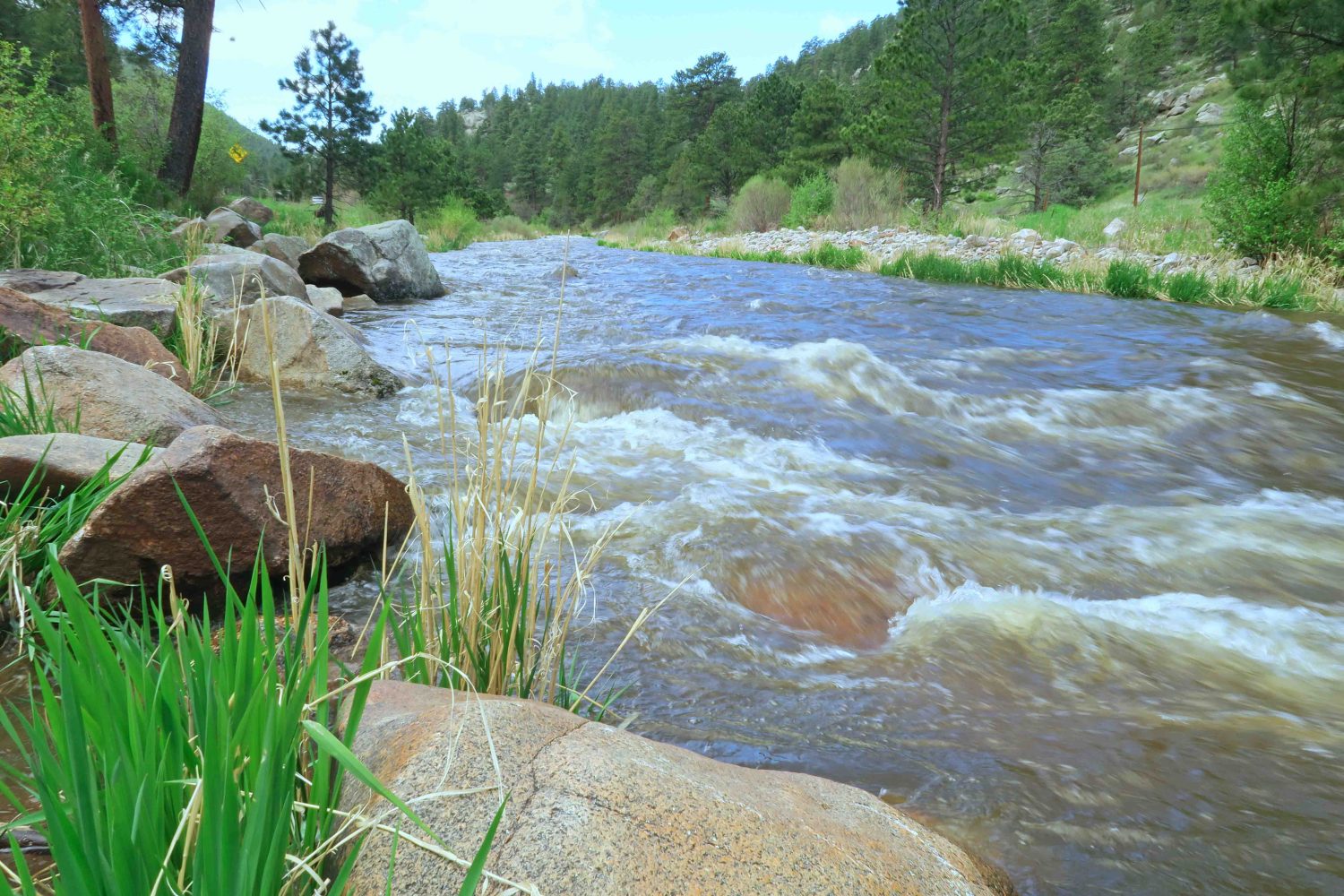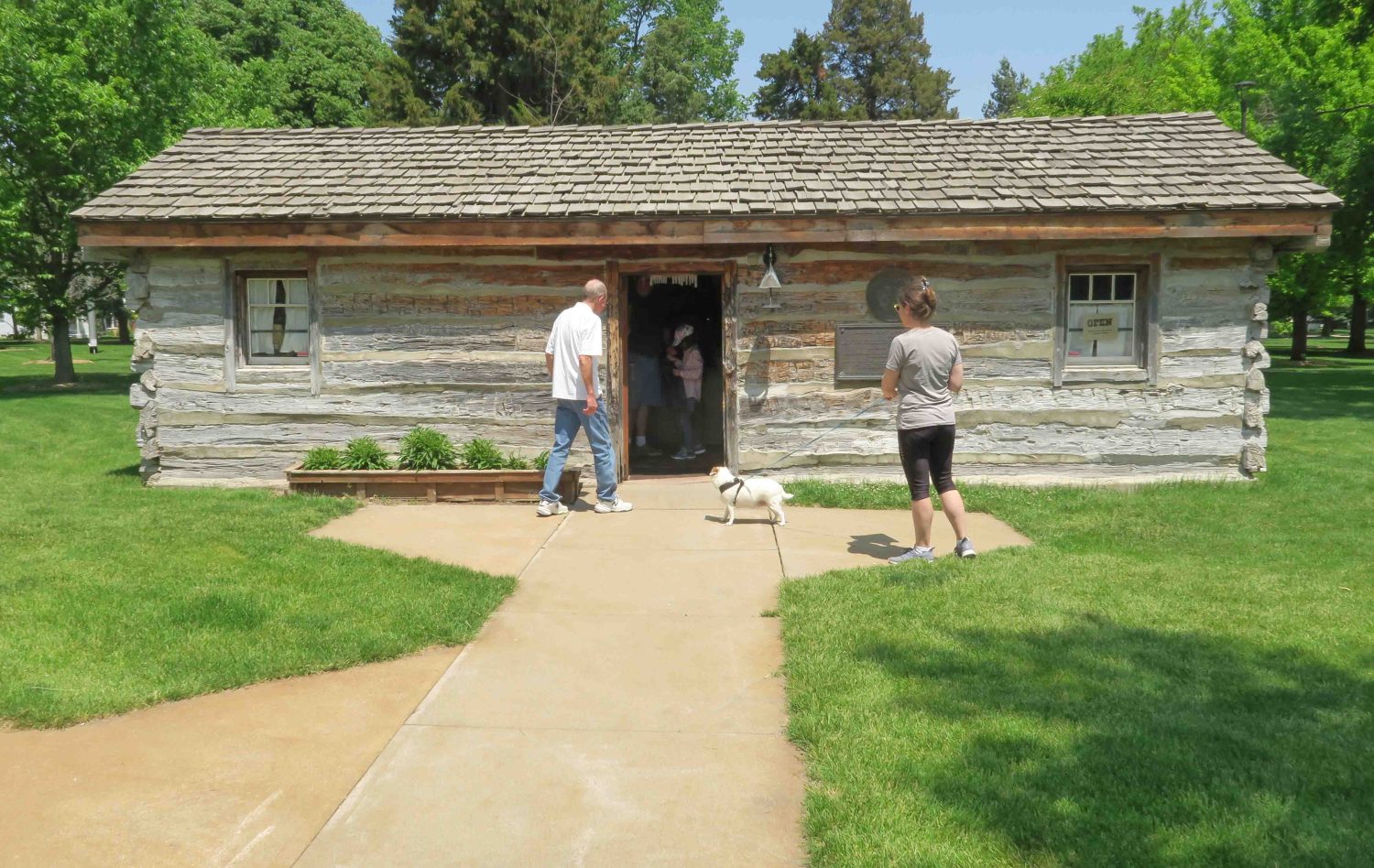
The AdventureKEEN Blog

Five Fun Things to Do When the Grandparents Visit
There’s plenty of buzz around our house; the grandparents are coming for the weekend. We are fortunate that my parents are only a few hours away. Yet it’s far enough that we only see them a handful of times each year, so when they visit, it feels like a holiday. To make those times extra special, it’s fun to plan an outing. Of course, you can go swimming at the hotel (if they insist on […]

New Guide Teaches the Essentials of Creating Fire-Resistant Properties
The landscape is charred and murky. The horizon is torn by jet-black, leafless trees. The surrounding shrubs have burned to ash. Chimneys and large piles of soot are all that remain of the neighborhood homes—all but one. In the midst of the wildfire’s destructive wake, a lone house stands. Its walls are a grayish and sticky black, and the ground around it is singed. Yet the home and everything within it have been saved. Some […]

Take a Family Road Trip to Wisconsin Dells
You might think the start of a new school year is less than ideal for a family road trip. At our house, that first week creates one stressed out family. So when the weekend arrives, we should lock the doors, shut off the lights, and hide under the covers. We do the opposite. We load the car with luggage, fill the tank with gas, and head out of town. Our destination of choice: Wisconsin Dells. […]

Take Part in National Read a Book Day!
The end of the work week is reason enough to celebrate, but today is also National Read a Book Day. People across the country are encouraged to shut off the television, put away the mobile devices, and curl up with a good book. (As luck would have it, today is also National Lazy Mom’s Day—perfect!) At AdventureKEEN, we are best known as an outdoor publisher of practical guides for everything from hiking to bird watching. […]

Regional Guidebooks Are Perfect College Gift Ideas
It’s always a good time for college gift ideas, right? Chances are pretty good that you know someone who’s heading off to further their education—perhaps even your own child. Whether they are staying close to home or have chosen far-off places to travel, two things are certain: They love to know that you’re thinking of them, and they love to get mail. Give them a little first-semester boost; send them a gift. You don’t have […]

In The Mountains: Chasing That Rocky Mountain High

Hello, Bozeman: Chasing That Rocky Mountain High


